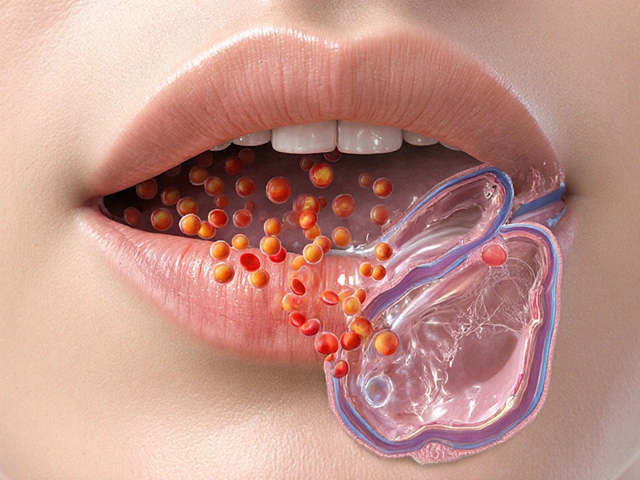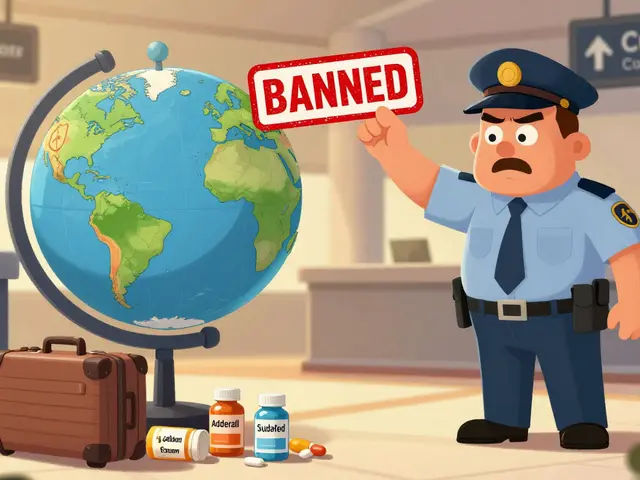Nitroglycerin: what it does and how to use it safely
Nitroglycerin is a fast-acting medicine used mainly for chest pain from angina. It relaxes blood vessels so the heart gets more oxygen with less work. You’ll see it as sublingual tablets, a spray, patches, ointment, or IV in hospitals. Each form works a bit differently, and how you use it matters.
How people usually take nitroglycerin
Sublingual tablets and sprays are for sudden chest pain. Put a tablet under your tongue or spray into your mouth and don’t swallow right away. You should feel relief within 1–3 minutes; effects last 20–40 minutes. Patches and ointment give steady, long-lasting nitrate levels and are used to prevent angina, not to stop sudden attacks. IV nitroglycerin is used in hospital settings for severe heart problems or controlled blood pressure drops.
Practical tip: sit or lie down before taking nitroglycerin. It can make your blood pressure drop fast and you might feel dizzy or faint. Keep your doctor’s written plan handy—many people are told to take one dose at the first sign of angina and then follow a plan (some plans allow up to three doses five minutes apart). If your pain doesn’t ease or gets worse, get emergency help right away.
Side effects, safety and things to watch for
The most common side effect is a headache — often intense at first. Lightheadedness, flushing, and a fast heartbeat are also common. If you feel very faint, have very low blood pressure, or any allergic reaction, seek medical care.
Don’t mix nitroglycerin with erectile dysfunction drugs like sildenafil (Viagra), tadalafil (Cialis), or vardenafil. Combining them can cause a dangerous drop in blood pressure. Avoid large amounts of alcohol for the same reason. Tell your doctor if you’re dehydrated, have very low blood pressure, severe anemia, or increased brain pressure—nitroglycerin may not be safe.
Other practical advice: store sublingual tablets in their original glass bottle with the lid tight — heat and moisture can make them lose strength. Check expiration dates and replace sprays or tablets as recommended. Patches can cause skin irritation; rotate application sites and remove the patch before certain procedures if your provider tells you to.
Tolerance can develop if nitrates are used continuously. Many doctors recommend a daily patch-free interval (often overnight) to keep the medicine effective. Always follow your prescriber's plan and ask about the best schedule to avoid tolerance.
If you’re unsure whether nitroglycerin is right for you or how to use it, ask your healthcare provider. They’ll tailor advice to your heart condition, other medicines, and daily routine so you stay safe and get the benefit you need.

Nitroglycerin and the Environment: How to Minimize Harmful Effects
In my latest blog post, I discussed the potential harmful effects of nitroglycerin on the environment and how we can minimize those effects. Nitroglycerin, a powerful explosive and medication, has been found to contaminate water supplies and harm aquatic life. To reduce the impact, we should focus on proper disposal methods for unused nitroglycerin and invest in eco-friendly alternatives. Additionally, increased awareness and education about the risks associated with nitroglycerin is crucial. Together, we can work towards a greener future and protect our environment from the harmful effects of nitroglycerin.
Categories
- Medications (51)
- Health and Medicine (47)
- Health and Wellness (34)
- Online Pharmacy Guides (15)
- Nutrition and Supplements (7)
- Parenting and Family (3)
- Environment and Conservation (2)
- healthcare (2)
- prescription savings (1)



